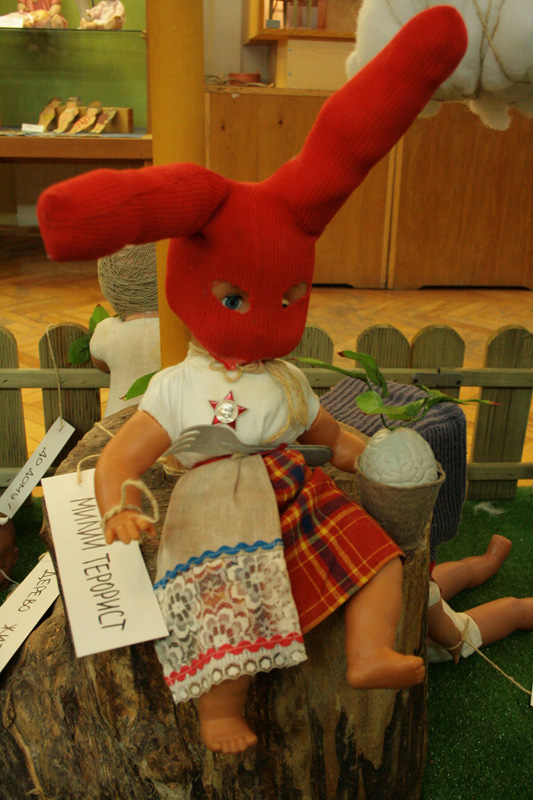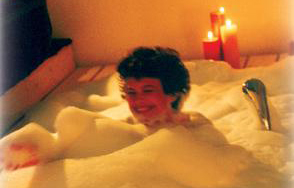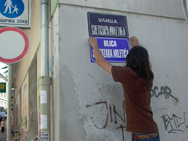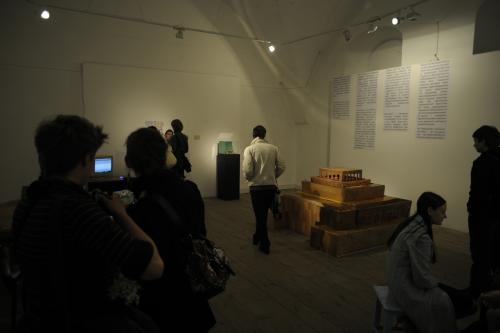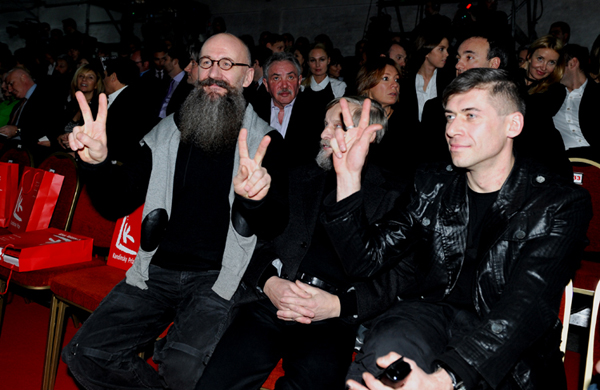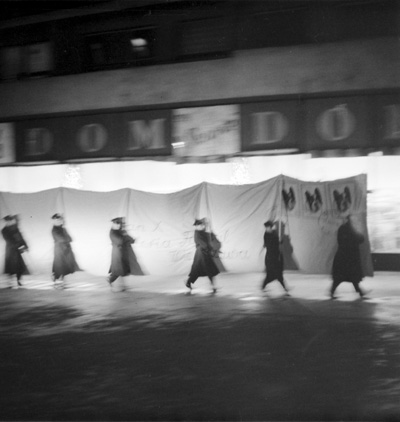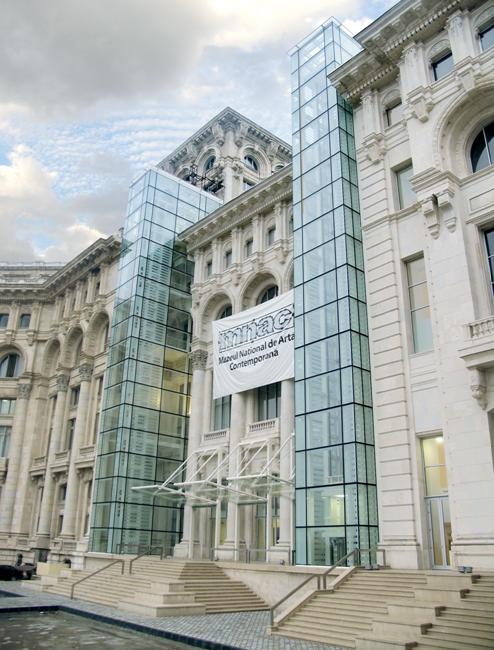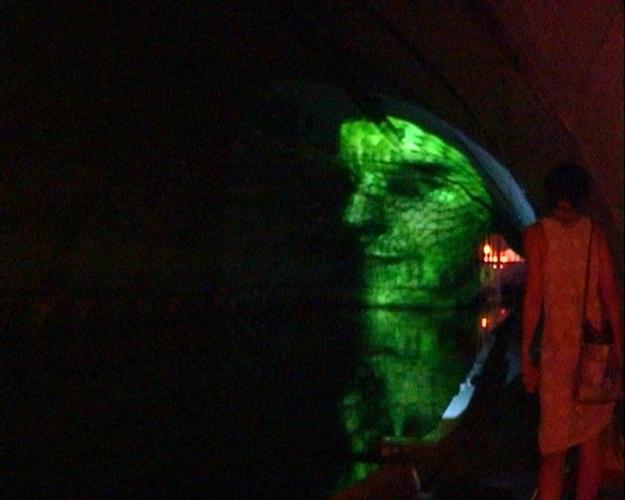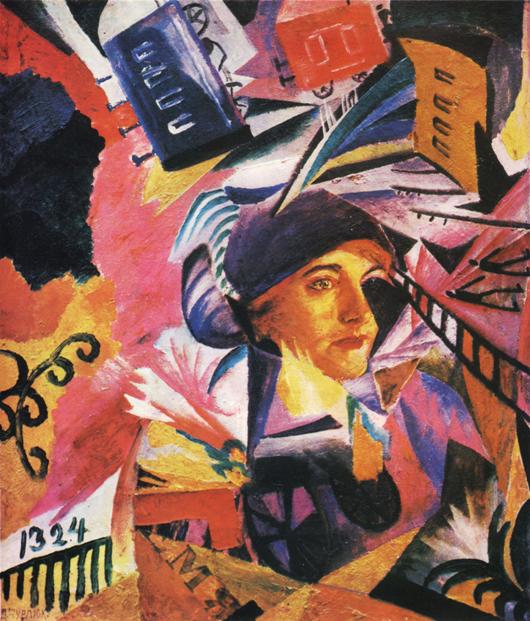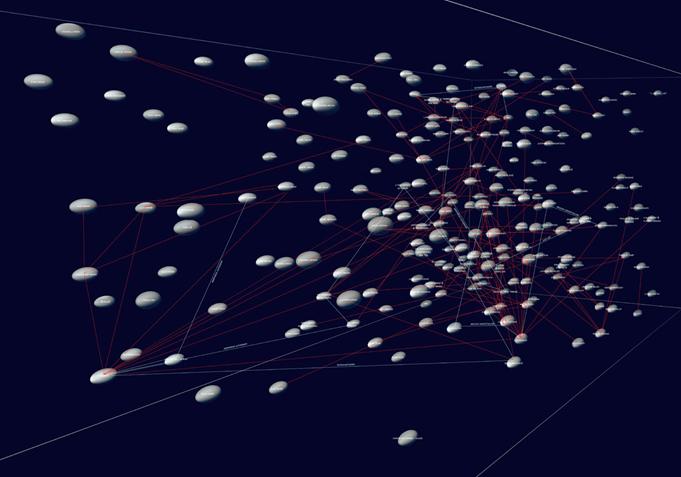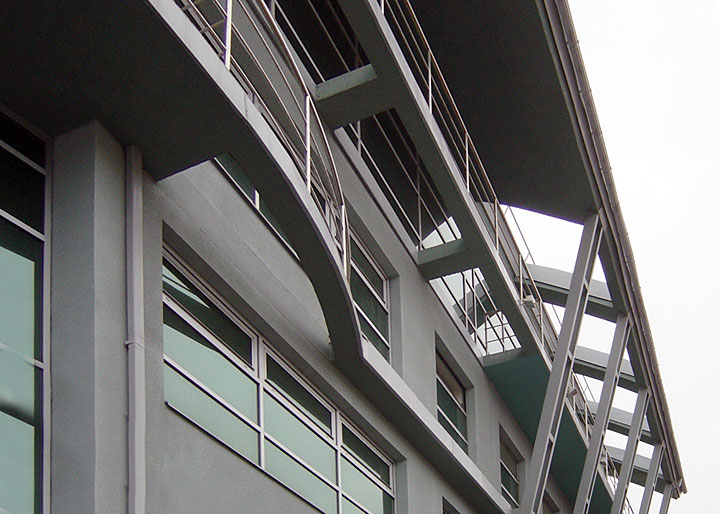Contemporary Histories: The 2009 International Competition for Curatorship in Ukraine (Article)
What is the creative potential of a situation where old conservative institutional practice meets new energy and ideas? Can we begin to value the living qualities of art stored in traditional museums by animating it with new points of view?
2009 saw the realization of eight curatorial projects that position contemporary art in the context of traditional Ukrainian museums. These projects were among the finalists selected by international jury in the competition “Art a priori: Contemporary Histories” sponsored by the EIDOS Arts Development Foundation. The competition was initiated in response to a visible need for Ukrainian contemporary art to address … Read more

